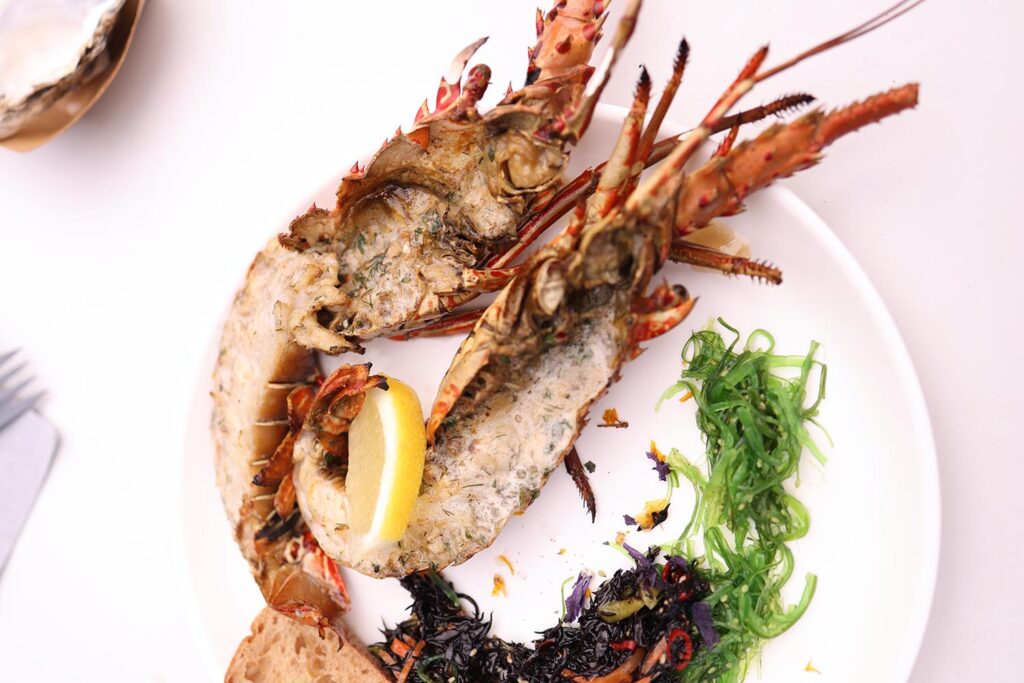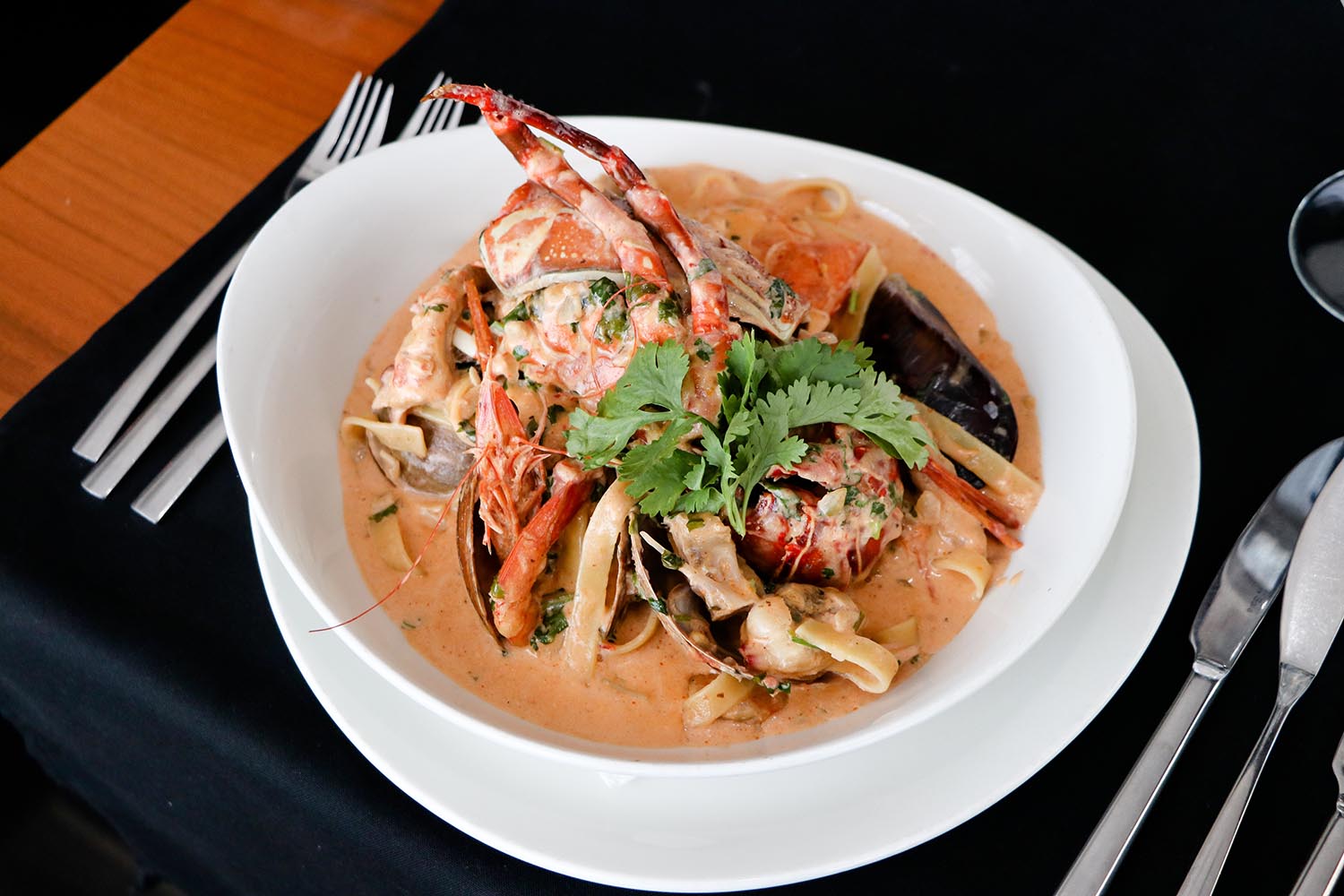Lobster bisque, a luxurious and velvety soup, is a gastronomic treat that traces its origins to the coastal regions of France. Richly flavored with lobster stock, cream, and sherry, it evokes the very essence of the sea. But like all timeless dishes, lobster bisque has evolved over time and across cultures. Let’s dive into the fascinating world of its various renditions.

The Classic French Lobster BisqueAt, the heart of traditional lobster bisque, is the deep flavor of the lobster stock, created by simmering lobster shells with aromatic herbs and vegetables. This base is thickened with rice or a roux, enriched with cream, and sometimes elevated with a splash of sherry or cognac. Purists might insist that a bisque should be perfectly smooth, but variations with small chunks of lobster meat can add a delightful texture.
- The American Northeastern Take
The American East Coast, especially Maine, is famous for its lobsters. The bisque often incorporates tomatoes, adding a slightly tangy taste and a rosy hue to the soup. It is also expected to find tarragon or dill as an aromatic addition. With the New England emphasis on hearty dishes, these bisques tend to be more robust and often contain generous chunks of Lobster.

- Creole Lobster Bisque
Down in Louisiana, Creole cuisine’s influence introduces a spicy twist to this classic. Creole lobster bisque often incorporates the “holy trinity” of bell peppers, celery, and onions. A pinch of cayenne pepper or a dash of hot sauce can provide the signature Creole kick.
- Asian-Inspired Lobster Bisque
With the fusion of cultures, it’s not unusual to find lobster bisque with an Asian flair. Ingredients like lemongrass, ginger, and coconut milk offer a compelling spin on the traditional. Thai basil, coriander, or even a splash of fish sauce can transport the bisque from the coasts of France to the beaches of Thailand.
- The Mediterranean Version
Drawing inspiration from the Mediterranean’s sun-soaked shores, some chefs infuse their bisque with saffron, lending it a golden hue and a unique flavor. Olive oil might be used instead of butter; citrus notes from lemon or orange zest can add a refreshing brightness.
- Lobster Bisque with Wine Variants
While sherry is a classic addition, various wines can impart unique flavors to the bisque. A dry white wine, like a Chardonnay, can add depth and a hint of fruitiness. Some even opt for a robust red wine for a more intense flavor.
- Vegan “Lobster” Bisque
The growing trend towards plant-based diets has led to innovative vegan renditions. Heart of palm or king oyster mushrooms can mimic the texture of lobster meat. While a rich vegetable stock, cashews, or coconut cream can replicate the soup’s creaminess, seaweed like nori or kelp can introduce that salty sea flavor.
- Lobster and Corn Bisque
Corn, with its natural sweetness, pairs beautifully with Lobster. This variety often sees the addition of corn kernels or a corn purée, resulting in a sweet and savory bisque, perfect for summer or early autumn when corn is at its peak.
- Smoky Lobster Bisque
Infusing the bisque with smoky flavors can be a game-changer. Some chefs roast the lobster shells until they’re deeply charred before making the stock. Others might add a touch of smoked paprika or use a smoky bourbon instead of sherry.
- Lobster and Seafood Combination Bisque
Why stop at Lobster? Some bisques integrate other seafood like crab, shrimp, or scallops. This medley has a more complex flavor profile and showcases the sea’s bounty.
In Conclusion
With its rich and creamy base, Lobster bisque is like a blank canvas that chefs and home cooks alike can experiment with. Whether you prefer the timeless classic or a modern twist, there’s a version of lobster bisque to tantalize every palate.
With each variation, it’s evident that the essence of this soup is its adaptability and the ability to bridge cultures and flavors. So the next time you savor a bowl of lobster bisque, you’re not just enjoying a soup; you’re partaking in a culinary journey that spans continents and centuries.

